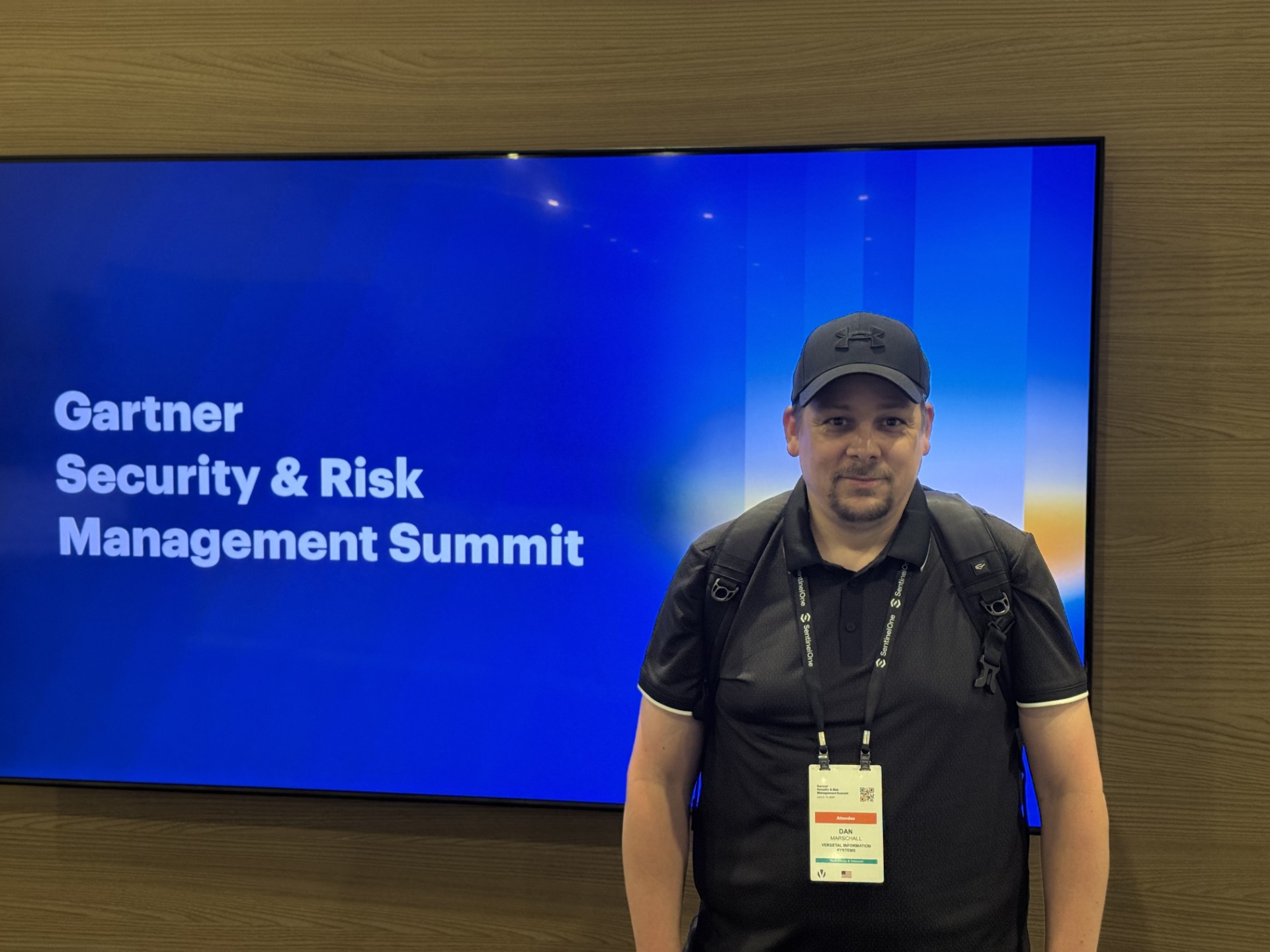We’re back for the 2025 Gartner Security & Risk Management Summit, and there is one key theme that has been mentioned in every single session: AI. Let’s unpack the biggest Day 1 takeaways together in this blog.
Learn how Versetal can help you with your IT Ops



